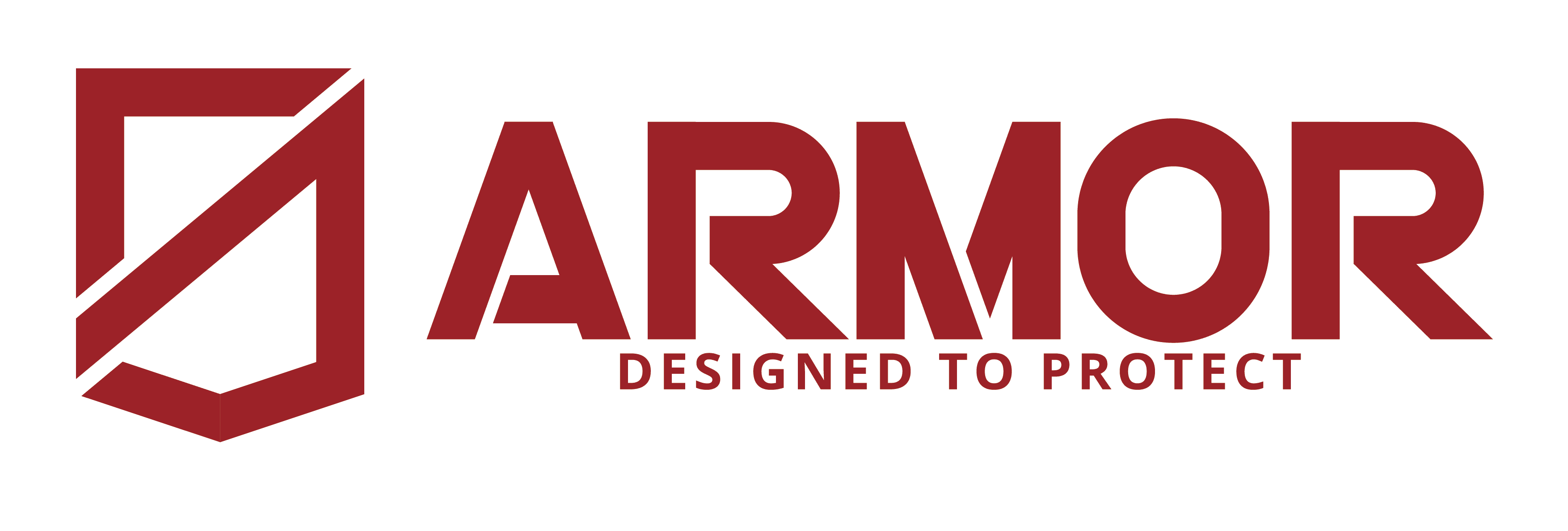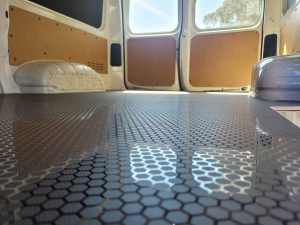Van lining installation involves an understanding of the costs associated with protecting commercial vehicles, which is essential for any business. Van lining offers numerous benefits, including protection from wear and tear, improved cargo safety, and enhanced vehicle longevity. However, to make an informed decision, businesses need to understand the factors that contribute to the overall cost of installing van lining.
One of the primary cost drivers is the choice of materials. Different materials offer varying levels of durability and protection, with each type coming at a different price point. Polypropylene panels are often used for wall lining due to their lightweight, moisture-resistant, and durable nature. Marine-grade plywood, on the other hand, is a popular choice for flooring because of its resistance to moisture and heavy loads. While polypropylene is generally more affordable, marine-grade plywood, though pricier, provides exceptional long-term value due to its resilience. Depending on the level of protection a business requires, the choice of materials can significantly impact the overall cost.
The size of the van also plays a critical role in determining installation costs. Larger vans, such as high-roof or long-wheelbase models, will naturally require more materials and labor to install the lining. This increases both material costs and the time needed to complete the installation. Smaller vans, by comparison, will be less expensive to line due to the reduced surface area. Businesses should consider the size of their vehicles when budgeting for van lining installation, as it directly correlates to the overall expense.
Labor costs are another major factor. Professional installation is often recommended to ensure that the lining is fitted correctly, especially for businesses that rely on their vehicles for daily operations. Improperly installed lining can lead to long-term damage, as gaps or loose sections may allow moisture or debris to accumulate behind the panels. Professional installers not only guarantee a tight fit but also ensure that the lining materials are applied using the right adhesives and fasteners. While the initial cost of professional installation may seem high, it can save businesses money in the long run by avoiding repairs or premature replacements.
Customization can also affect the cost of van lining installation. Many businesses require additional features such as shelving, tool racks, or insulation to meet their operational needs. These custom features often require specialized materials and added labor, which will increase the overall price. For instance, insulation linings made from eco-friendly or sound-dampening materials tend to be more expensive than standard lining options. However, for businesses that transport sensitive goods, the added investment can be well worth the cost. Customization allows businesses to tailor their van’s interior to maximize efficiency and ensure the safe transport of goods, but these upgrades should be factored into the overall budget.
In addition to installation costs, businesses must also consider long-term maintenance expenses. While high-quality van lining materials like marine-grade plywood or polypropylene offer durability, regular inspections and maintenance are essential to ensure the lining remains in good condition. Over time, wear and tear can take its toll, especially for businesses that use their vans in demanding environments. Replacing worn-out sections or reapplying adhesives may be necessary to maintain the lining’s protective qualities. These ongoing maintenance costs, though relatively minor compared to the initial installation, should still be included in the overall cost analysis.
When weighing the costs of van lining installation, it’s also important to consider the potential savings. Properly installed lining protects the van’s interior from damage, extending the vehicle’s lifespan and preserving its resale value. For businesses that rent out vehicles or frequently transport goods, this can translate into significant cost savings. A well-lined van is less likely to suffer from dents, scratches, or moisture damage, reducing the need for expensive repairs or replacements down the line. Moreover, van lining can also improve fuel efficiency by reducing the need for temperature regulation in insulated vehicles, leading to further savings.
In conclusion, the cost of van lining installation depends on various factors, including the choice of materials, van size, labor expenses, and any custom features required. While the initial investment may seem substantial, the long-term benefits, including vehicle protection, reduced maintenance, and extended lifespan, make it a worthwhile expenditure for businesses that rely on commercial vans. By understanding the different components that contribute to the overall cost, businesses can make informed decisions that meet both their operational needs and budget constraints.

